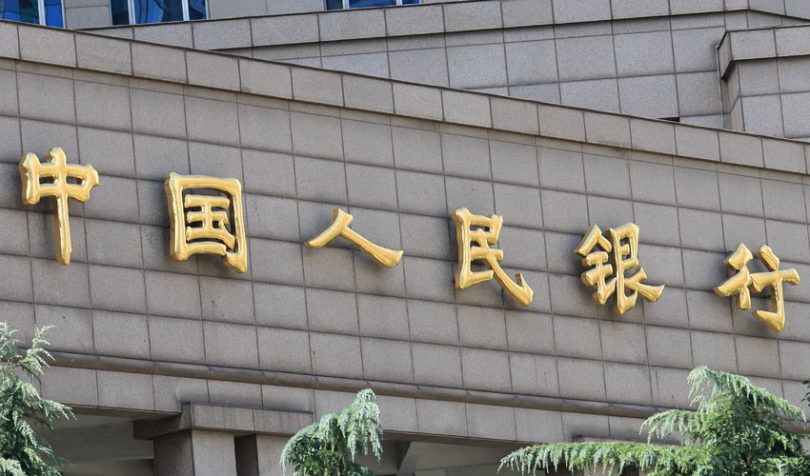In September 2018, the People’s Bank of China (PBOC) unveiled a blockchain trade finance platform. At that stage, it was still framed as a pilot and involved five banks. Today Chinese media, including 21st Century Business Herald report that so far the solution has processed Yuan 30 billion ($4.5 billion) in foreign exchange transactions.
It now incorporates 28 banks in Shenzhen, which includes 483 bank branches.
The comparatively slow adoption of technology by foreign banks appears to be inhibiting growth. The article states that “cross-border financing is provided by overseas banks” but that “due to the uneven development of domestic and foreign financial technology, the business volume is still small”. Hence it’s possible that currently the project is used more for regulatory compliance rather than finance.
At launch in Shenzhen, it was called the “Bay Area Trade Finance Blockchain Platform” (BATFB) and planned to target the Guangdong, Hong Kong, and Macau Areas. It was developed in conjunction with the Central Bank Digital Currency Research Institute.
The principal purposes were real-time traceability, to eliminate fraud and to reduce the need for manual transactions.
Apart from regulatory monitoring, to date, the applications included on the blockchain are supply chain receivables, cross border financing and international trade supervision. On the 4th of July, it launched external tax filing and the Shenzhen Taxation Bureau signed an agreement with the PBOC for automatic tax filing.
There are also plans to link it to the Hong Kong platform eTradeConnect.
This particular blockchain initiative is focused on cross border transactions, but multiple projects are targeting China domestic trade finance.






